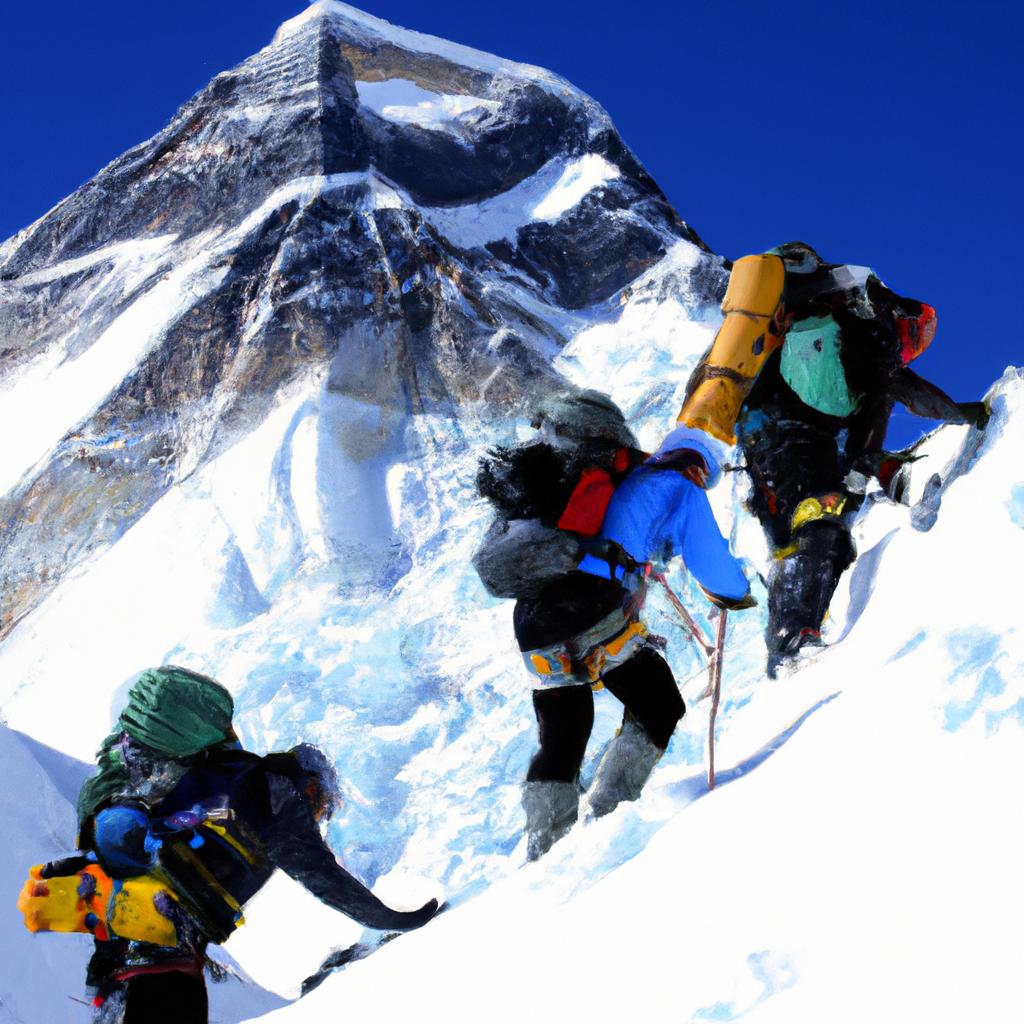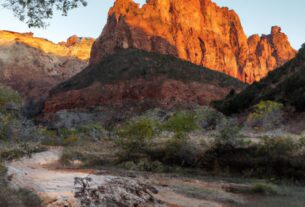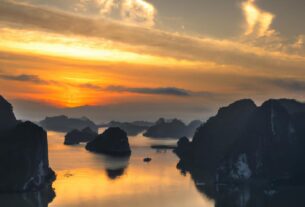Mount Everest, standing proud at 8,848 meters above sea level, is not just the world’s highest peak. It is a symbol of human endeavor and an ultimate challenge for mountaineers. In this article, we will delve into the history and significance of Mount Everest, explore the challenges and risks climbers face, discuss the environmental issues surrounding the mountain, and discover the impact of Mount Everest on Nepal’s tourism industry.
History and Significance of Mount Everest
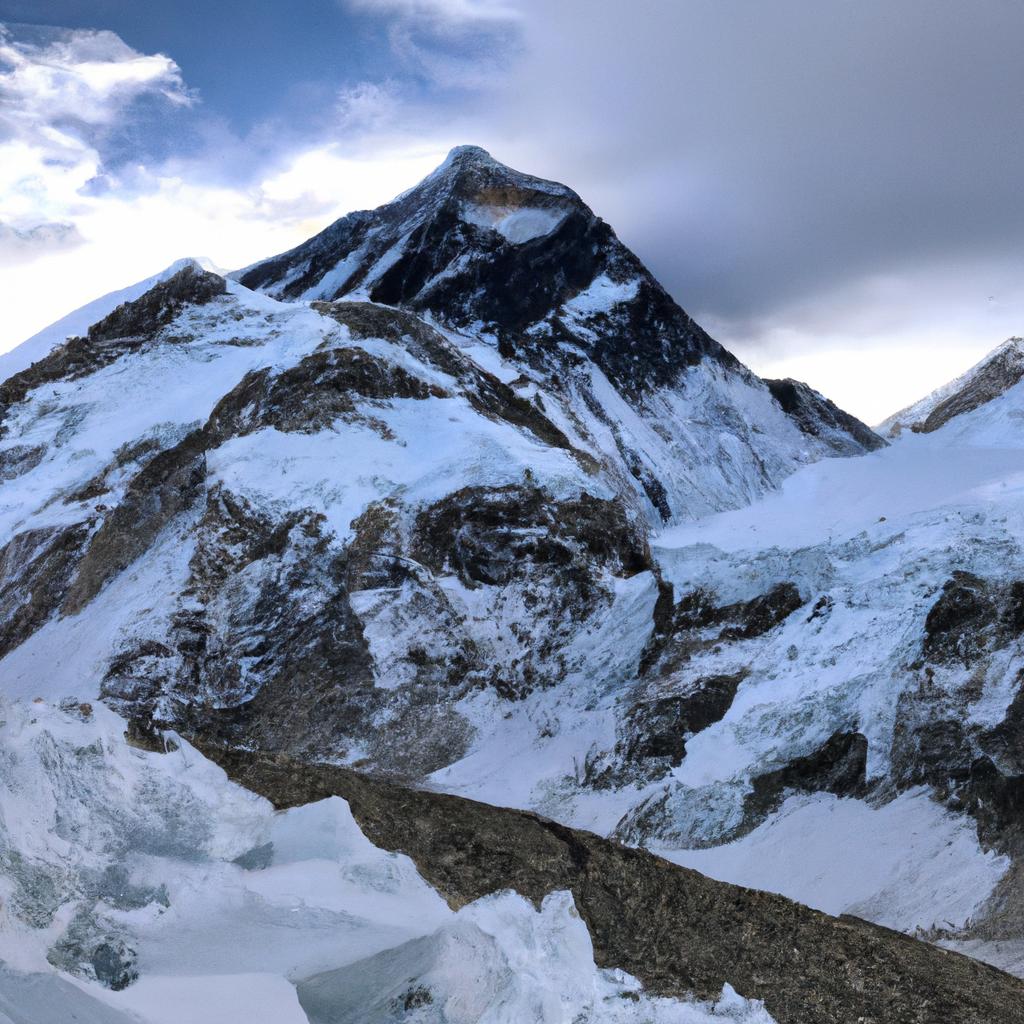
Mount Everest has a rich history dating back to the early 20th century. British mountaineer George Mallory led the first recorded attempt to conquer Mount Everest in 1921. Although Mallory and his team failed to reach the summit, their attempts set the stage for future climbers. In 1953, Sir Edmund Hillary and Tenzing Norgay successfully reached the summit, making mountaineering history and putting Mount Everest on the map.
For Nepal, Mount Everest holds immense cultural and economic significance. Locally known as Sagarmatha, meaning “Goddess of the Sky,” the mountain is considered sacred and climbing it is seen as a remarkable achievement. Furthermore, Mount Everest plays a crucial role in Nepal’s tourism industry, attracting thousands of visitors each year who come to witness its majestic beauty and attempt to conquer its heights.
The Challenges and Risks of Climbing Mount Everest
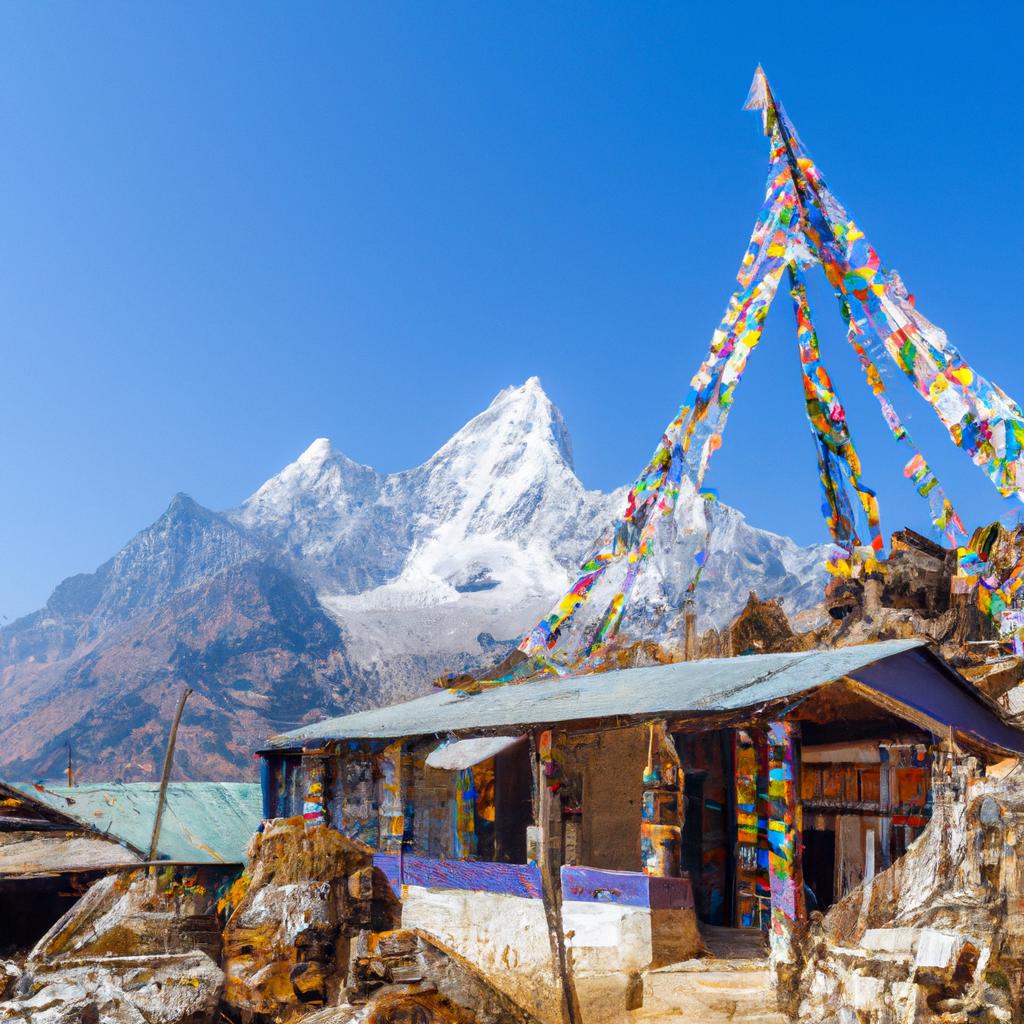
Climbing Mount Everest is not for the faint-hearted. The extreme altitude and unpredictable weather present significant risks to climbers. Altitude sickness, falls, avalanches, frostbite, and hypothermia are just a few of the dangers climbers may face. This formidable challenge demands physical and mental preparedness, as well as extensive mountaineering experience.
The Requirements and Preparations Needed for Climbers
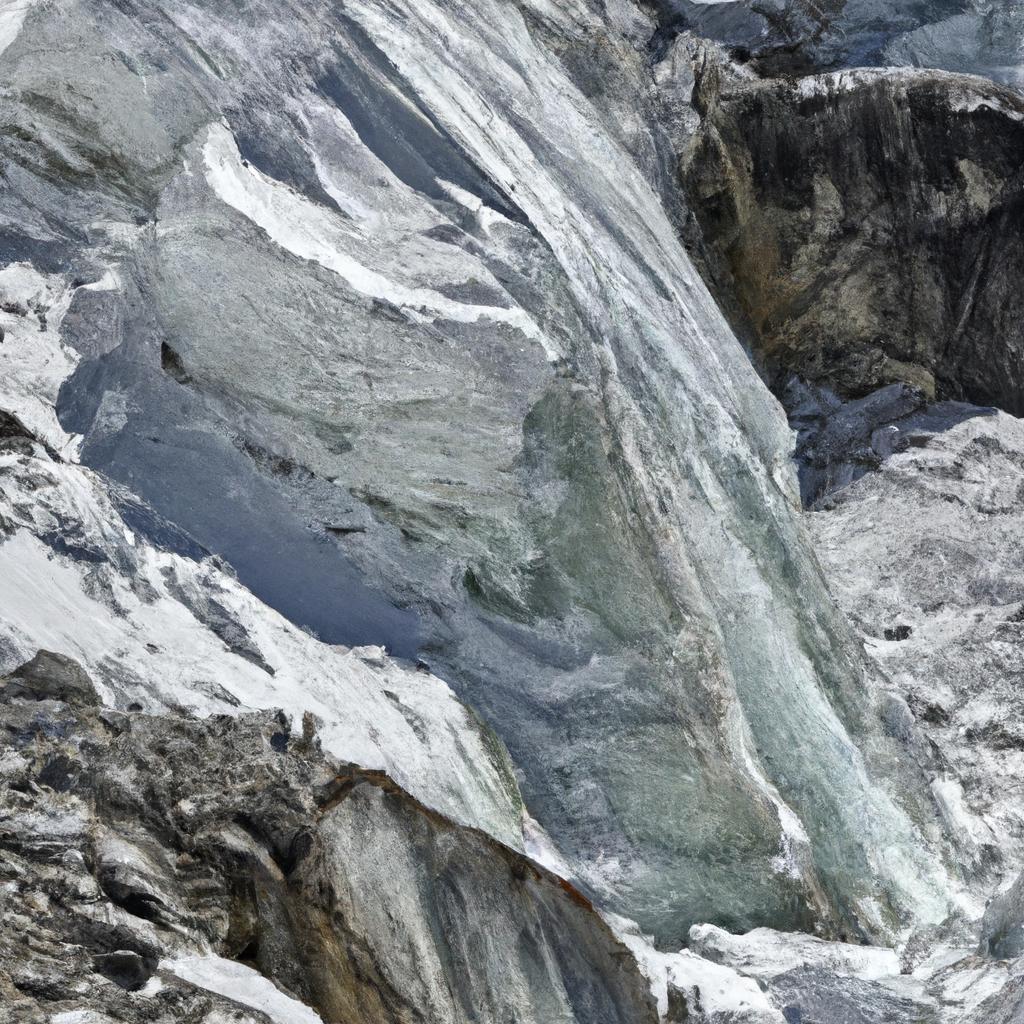
Climbers attempting to conquer Mount Everest must meet specific requirements and undergo extensive preparations. They must be physically fit, mentally resilient, and possess substantial mountaineering experience. Obtaining a permit from the Nepali government, which mandates a minimum of 6,500 meters of mountaineering experience, is a prerequisite. Climbers must also train rigorously, including high-altitude and strength training, to build the necessary skills and endurance. Carrying their own equipment and supplies, climbers embark on an arduous journey that can take weeks to complete.
Climbing Mount Everest: The Different Routes
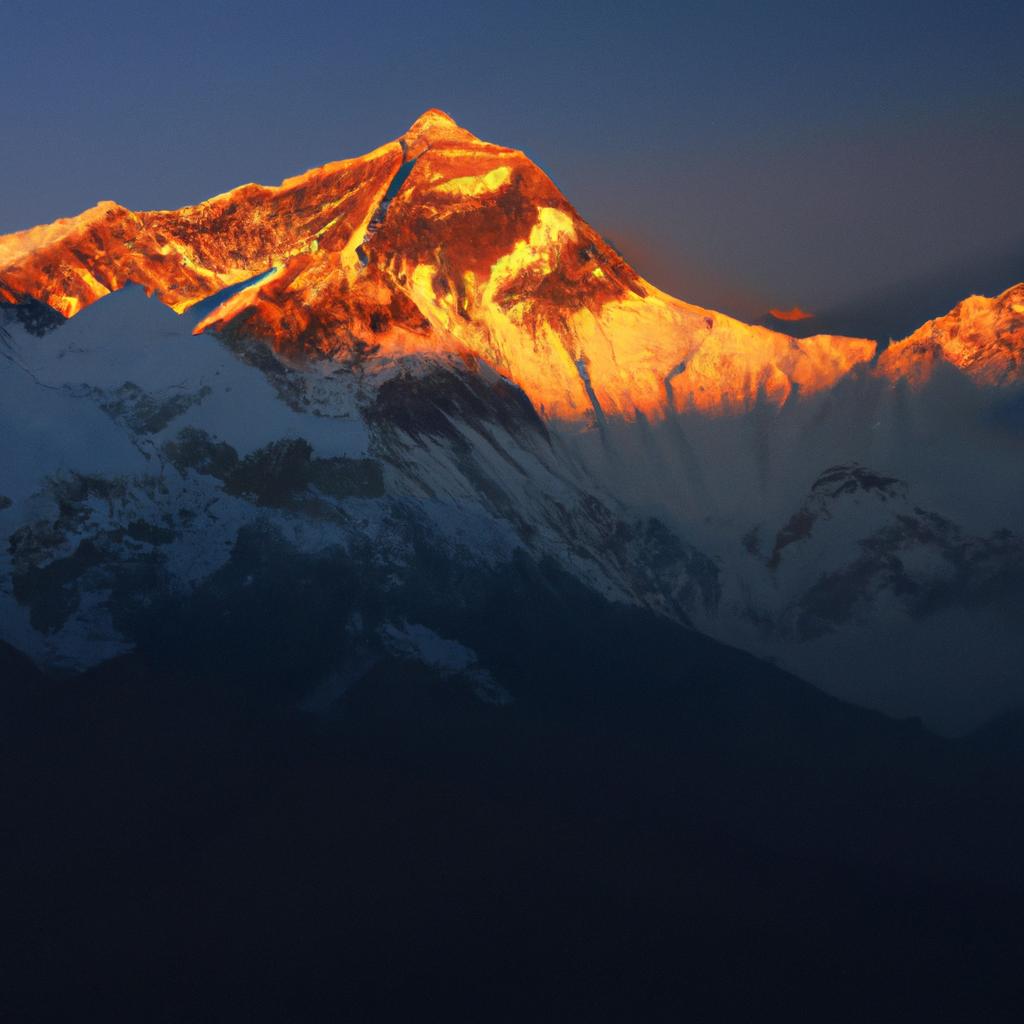
There are two primary routes to conquer Mount Everest: the South Col route in Nepal and the Northeast Ridge route in Tibet. The South Col route is the more popular and comparatively easier of the two. It begins on the south side of the mountain, passing through the Khumbu Icefall, Western Cwm, and Lhotse Face before reaching the summit. On the other hand, the Northeast Ridge route, starting from the north side of the mountain, presents a greater challenge. Climbers must navigate through the North Col, the Northeast Ridge, and the summit pyramid, enduring treacherous terrain before reaching the pinnacle.
Environmental Issues

The increasing number of climbers attempting to conquer Mount Everest has had a significant impact on the mountain’s ecosystem. The areas such as the Khumbu Icefall, Western Cwm, and summit pyramid have suffered heavily due to the large influx of climbers. The waste generated by climbers, including human waste, food waste, and debris, has also polluted the mountain’s snow and ice. Nepal’s government has responded by implementing strict regulations, waste management policies, and clean-up campaigns aimed at preserving the mountain’s delicate environment. Future plans include recycling human waste and exploring sustainable tourism practices.
Tourism in Nepal
Mount Everest plays a crucial role in Nepal’s tourism industry, attracting adventure-seekers and mountaineers from all over the world. Climbers consider conquering Mount Everest a bucket-list achievement, and the journey to the mountain through the Himalayas is a once-in-a-lifetime adventure. While Mount Everest is undeniably Nepal’s most famous attraction, the country offers many other stunning natural wonders, such as the Annapurna and Langtang mountain ranges, Chitwan National Park, and the Pokhara Valley. Nepal’s cultural heritage, ancient temples, monasteries, and palaces also contribute to its allure.
The Impact of the COVID-19 Pandemic on Nepal’s Tourism Industry
The COVID-19 pandemic has had a severe impact on Nepal’s tourism industry. With the closure of borders and suspension of international flights, the number of tourist arrivals plummeted. This has greatly impacted hotels, restaurants, and tour operators, who are struggling to survive. Mount Everest’s temporary closure to climbers in 2020 further exacerbated the crisis, as the mountain serves as a significant source of revenue for many Nepalis. However, as the world recovers from the pandemic, Nepal’s tourism industry remains resilient, offering hope for a brighter future.
Conclusion
Mount Everest stands as a testament to human achievement and an opportunity to experience the Himalayas’ breathtaking beauty. The journey to the top is not without risks and challenges, but it rewards climbers with a sense of accomplishment and awe-inspiring views. Nepal, with its rich cultural heritage and natural wonders, offers much more than just Mount Everest. Although the COVID-19 pandemic has impacted the country’s tourism industry, the resilience and determination of Nepal and its people remain strong. TooLacks is proud to share this information and encourage everyone to explore the wonders of Nepal firsthand. Visit TooLacks to learn more about our brand and the adventures that await.
